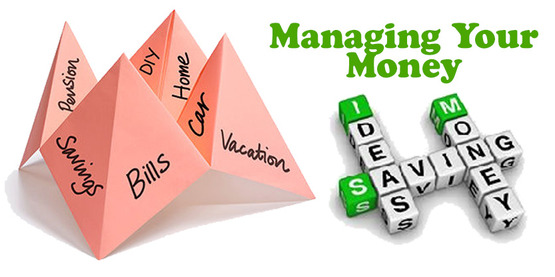
Don’t fall in debt trap, borrow wisely
- Posted by SSdigitalBE
- On April 27, 2019
- 0 Comments
Debt may be unavoidable for some, but borrowing irresponsibly can land you in trouble. In a survey, it has been found 15% of respondents have an EMI outgo of more than 50% of their income. The survey also showed one of five respondents have taken loans to repay existing loans in the past year—a classic indicator of falling into a debt trap.
A job loss, a medical emergency, etc. can force one to borrow beyond one’s repayment capacity. These sudden shocks can be avoided by maintaining a contingency reserve and having insurance. However, it is the slow slide into a debt trap that can prove more dangerous as it goes unnoticed till one is neck deep in it. Look out for the following red flags and take corrective steps.
EMIs exceeding 50% of income
A lot many people fall prey to ‘easy EMIs’, ‘discounts’, and ‘sales’. People who can’t control themselves often end up buying things on EMIs. When you add the various EMI obligations, you may have little money left to spend on other things. Experts say EMI outgo should be less than 50% of one’s monthly income.
Fixed costs more than 70% of income
There are several other fixed expenses rent, society maintenance charges, kids’ school fee, etc. The fixed obligations-to-income ratio (FOIR) should not be more than 50%.
Loan for regular expenses
If you often borrow money to meet regular expenses, you need to set your house in order. If you have to borrow to meet routine expenses, you may be sliding into a debt trap.
Loan to repay a loan
Borrowing money to repay a loan, unless to reduce one’s interest outgo, is a worrying sign. People don’t default on home and car loan EMIs, or on rent, school fees, etc. Instead, they start using the credit card and try to tide over the bills by paying just the minimum due. This is why cash withdrawals and rollover of dues is high for many.
Withdrawing cash from credit card
While borrowing for regular expenses to repay loans is bad, doing that with the help of a credit card is a sure way of getting oneself into trouble. Drawing cash via credit card invites a chunky cash advance fee. Annually, the interest works out to be 35%-50%.
Not clearing credit card dues
Almost 21% of respondents either missed the credit card payment or rolled it over by paying the minimum due amount over the past year. Since the minimum amount payable is low, people fall into this trap. The real problem of this carry forward is the high interest rate (around 3% per month),. If you have got into this rollover trap, getting out of it should be your top priority. Redirect all surplus towards this end. You can also utilise some investments to get out of the rollover trap. Consider getting the card outstanding transferred to a lower-cost loan.
Banks refusing loan
Our survey reveals that banks have rejected loan applications of 5.4% of the respondents. Banks rejecting your loan application is a dangerous sign, especially, if it is because of the fall in your credit score. Only scores above 750 are considered good by most banks. Check your credit score once in a while and take steps to improve it.
Missed utility bill payments
If you are frequently missing paying utility bills, you may be spending beyond your means. This will impact your credit score and may keep you away from low-cost funding options.
Borrowing based on future income
If you decide to take a loan now and repay it when you get a fancy bonus later this year, you may be in trouble. Borrowing based on current salary is fine, but not on expected bonus, increments, etc. People also need to distinguish between the fixed and variable components of their salaries, when calculating the EMIs they can afford.
Loans with rising EMIs
Many people overestimate future increments. Increments are higher at the start of one’s career. So, assuming you will get similar increments till you retire, to take larger loans may not be a prudent strategy. Banks also offer loans where the EMIs increase with time. As most people take floating rate home loans, they should also be ready for sudden spikes in EMIs due to hike in interest rates.
Buying gadgets on ‘easy EMIs’
Impulsive shoppers end up buying non-essential items on loans. But though these loans are floated with features like ‘easy EMIs’, they come with high interest rates—18-25%. EMI offers from credit cards can also be quite expensive.


